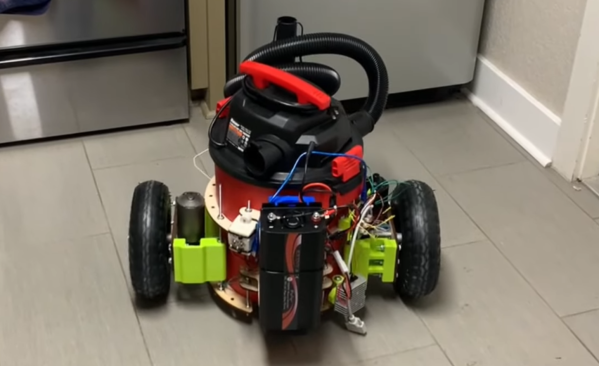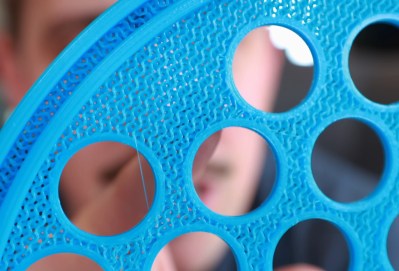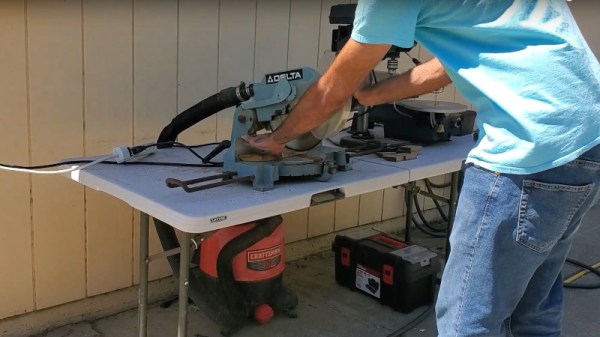Face it, we’ve all been there, in a crowded workshop building something, and horror of horrors, things are going to get a little… windy. Do you try to drop it quietly and hope nobody says the rhyme, do you bolt for the door, or can you tough it out and hold it in? Never fear, because [Roman_2798881] has got your back, with the FartMaster 3000.
No doubt born of urgent necessity, it’s a discreet wall-mounted fixture for a shop vac line which allows a casual activation of the shopvac as if some sawdust needed removing, and backing up for a safe disposal of any noxious clouds under cover of the vacuum’s whirring.
We have to admit, this one gave us something of a chuckle when we saw it in the Printables feed, but on closer inspection it’s a real device that by our observation could have been useful in more than one hackerspace of our acquaintance. There’s a square funnel in front of a piece of ducting, with a rotary valve to divert the vacuum in an appropriate direction to conceal the evidence.
Then simply turn it back to straight through, vac your pretend sawdust, and nobody’s the wiser. Unless of course, you also integrated a fart-o-meter.


















